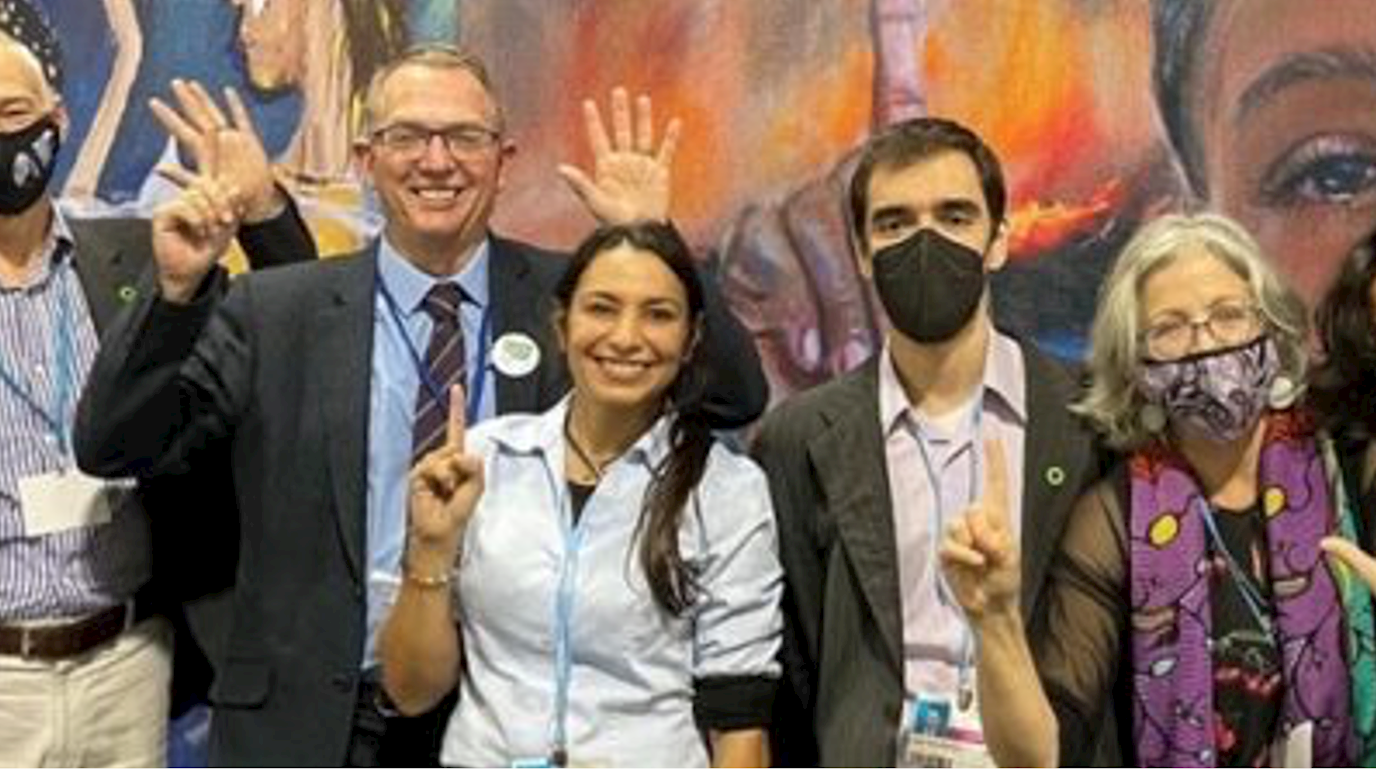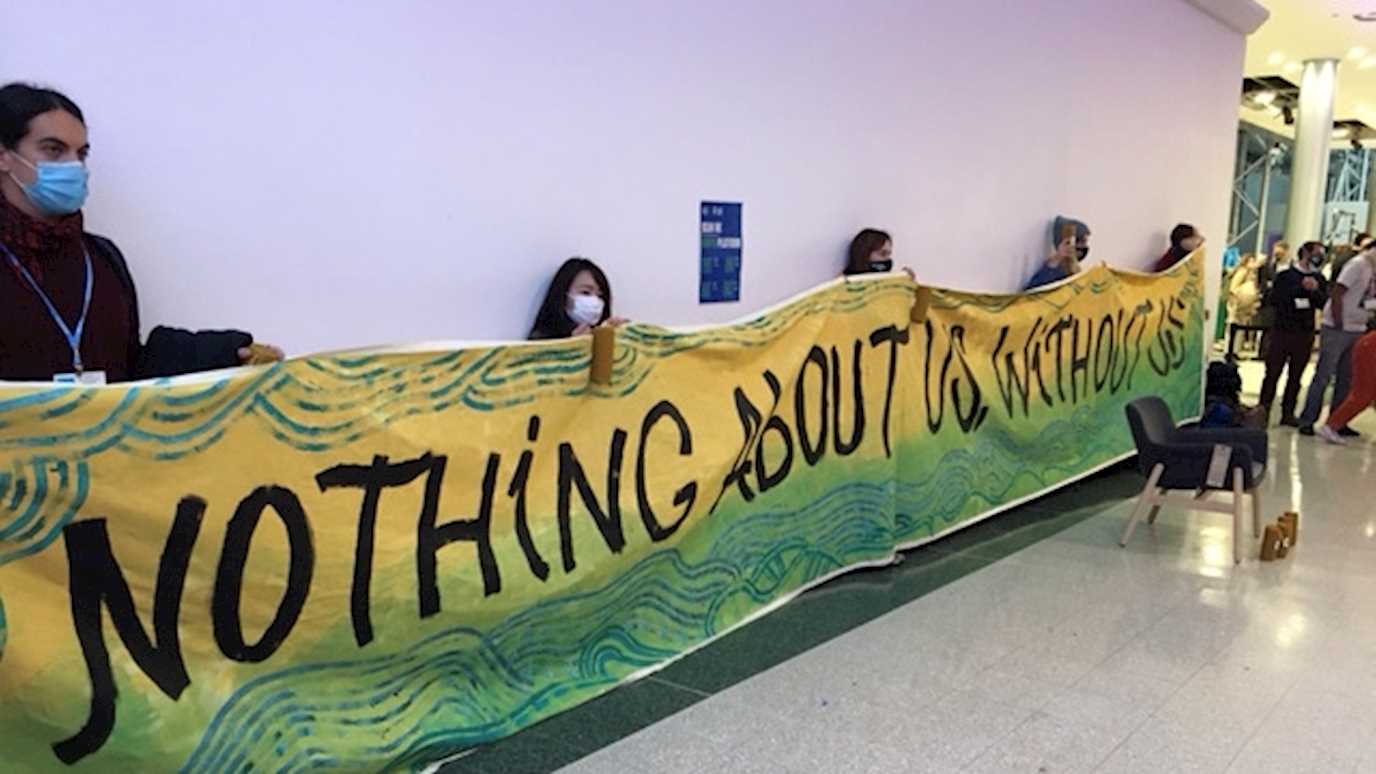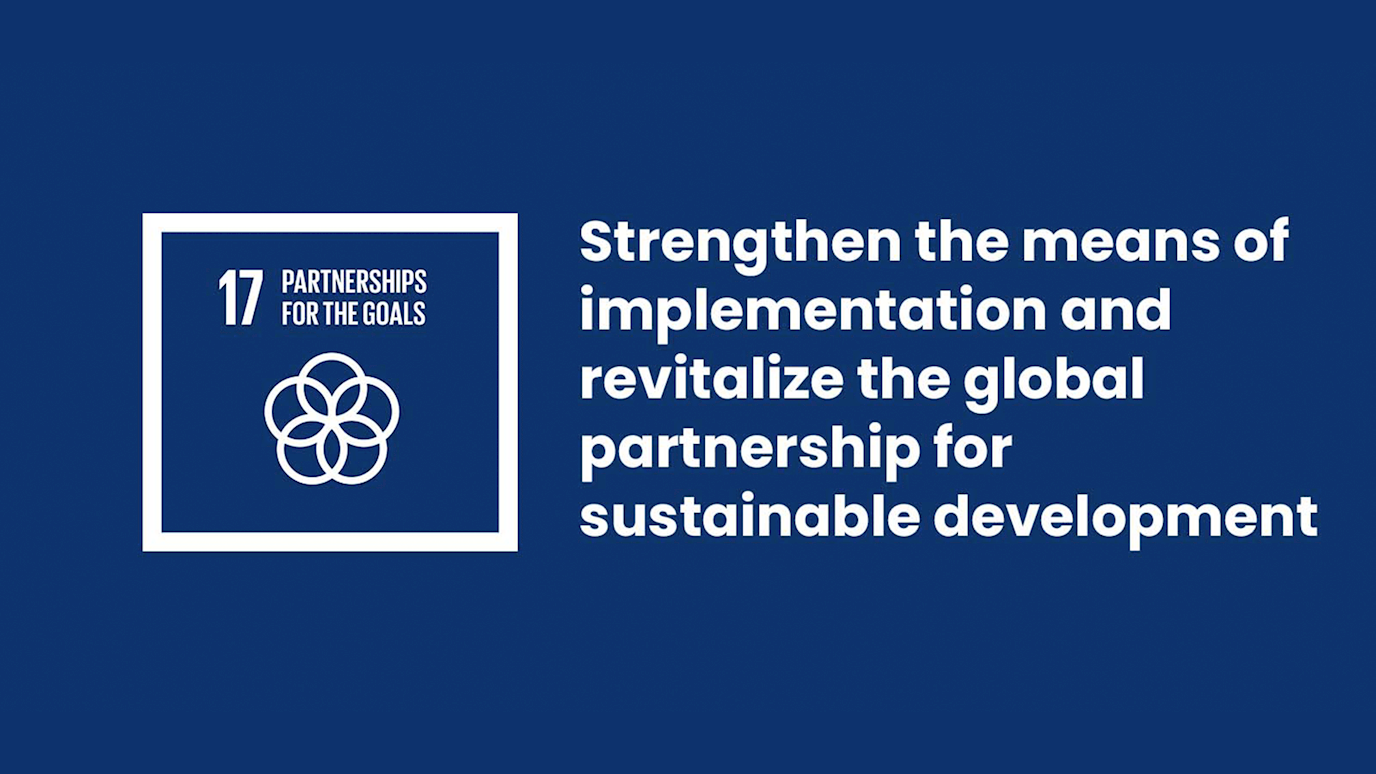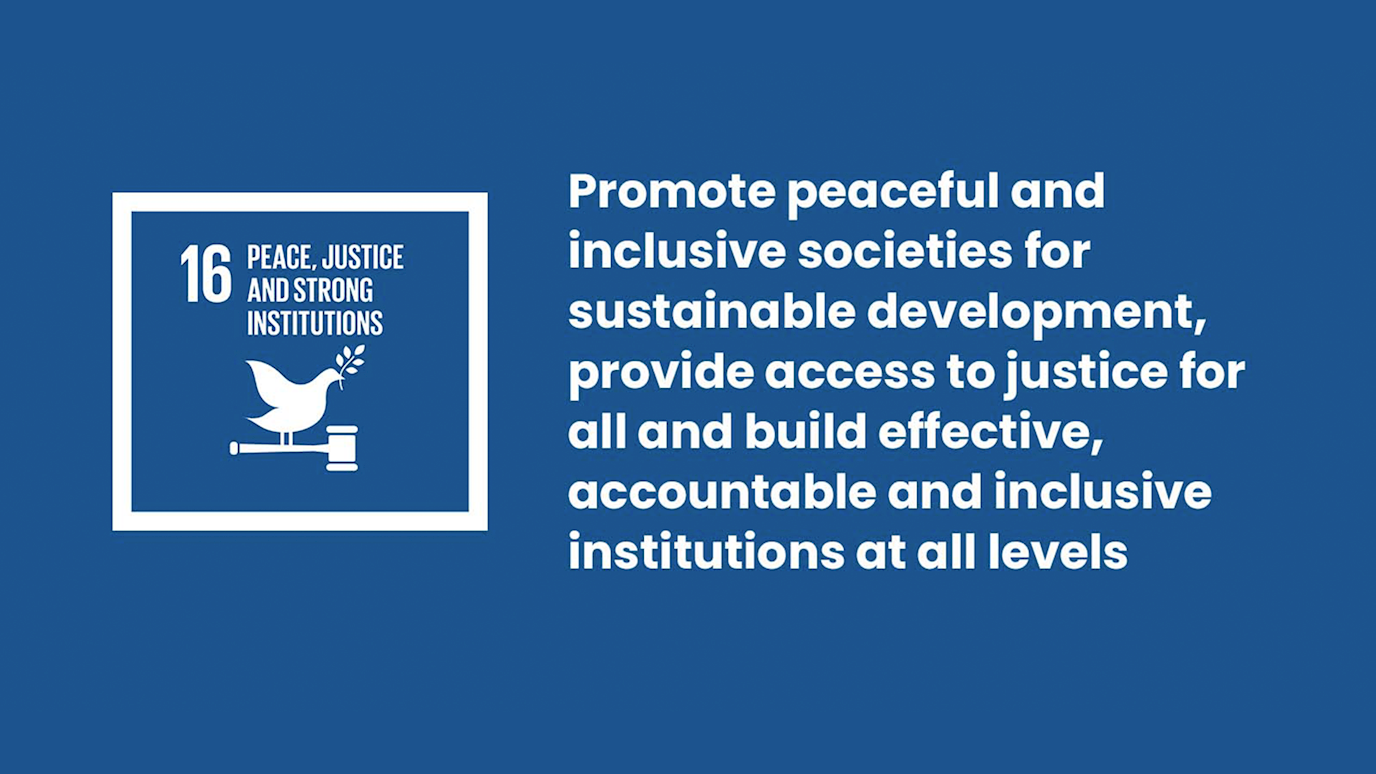SDG 15 is entirely about humans and the impact we have had, and will have, on ‘life on land’. Archaeologist Erica Rowan looks at how we might learn from past human practices.
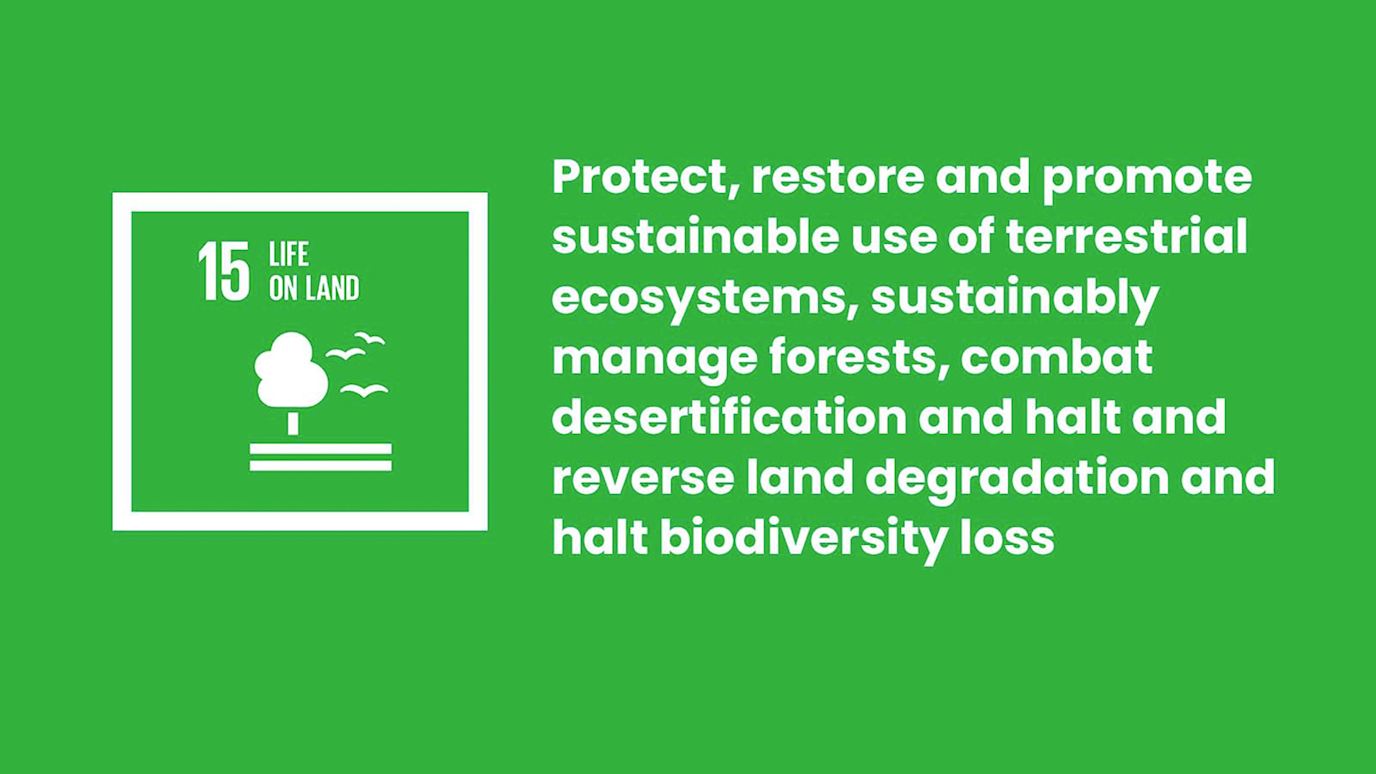
The UN’s opening description of SDG 15, Life on Land is as follows, ‘Protect, restore and promote sustainable use of terrestrial ecosystems, sustainably manage forests, combat desertification, and halt and reverse land degradation and halt biodiversity loss.’ This summary is entirely about humans. It is about the impact we’ve had and the impact, positive or negative, that we will have in the future. There was a time when life on land did just fine (the human impact on the earth until really quite recently was not earth-altering), even when humans roamed the earth, but that was a long time ago.
While it may be a difficult pill to swallow, humans have irreversibly changed the planet. Rewilding projects go a long way towards restoring and protecting ecosystems and biodiversity, but we will never be able to return the earth to its pre-human or even pre-industrial state (not that that is the goal of SDG 15). There are simply too many of us, and our needs too great, especially if we continue to rely on fossil fuels and, in the global North, burn through resources with a vicious rapaciousness (to calculate your ecological footprint click here). Instead, sustainability and management are the necessary ways forward for ‘life on land’.
Humans used to be excellent at sustaining ecosystems
As an archaeologist, I work on the past, which may not sound particularly helpful in this situation. However, by taking a long view of human history it is possible to see, and importantly learn, from previous human practices. While humans have been slowly changing the earth for thousands of years (there were once lions in Greece), it is only relatively recently that we have reached a crisis point. People, in fact, used to be excellent at sustaining ecosystems and forests, and at preventing land degradation and biodiversity loss. Whether done consciously or unconsciously it was a vital strategy for survival. An overexploitation of resources led to famine, homelessness and involuntary migration.
I am currently leading a project that looks at traditional food practices near the ancient city of Sardis in the Manisa region of Turkey. It is an area where people successfully farmed and managed the land for the last 5,000 years. The soil, replenished by frequently flooding rivers, was never exhausted nor were all the trees cut down from the hills. The inhabitants raised sheep and goats, animals suited to the climate and landscape, and never practised monocropping. During the twentieth century, in addition to local goods such as figs, wheat and barley, many New World items, such as tomatoes, were grown in the region. These foodstuffs became incorporated into traditional dishes and even though diet changed, sustainability and effective land management did not. Now, however, a combination of governmental and globalsing forces are pushing the farmers to produce a limited number of goods, in very large quantities, for export. As a consequence, communities who used to eat a diet that was almost exclusively local are now forced to purchase essentials like bread that are factory made hundreds if not thousands of miles away.
The reconstructed Roman gymnasium at the ancient city of Sardis and the fertile plains beyond. Photo by the author.
Sustainability and destruction in the Roman Empire
Thus far I have painted a rather rosy picture of the past and a negative view of the present day. We need to be careful not to be overly nostalgic. The Roman Empire, for example, was a place where sustainability and destruction went hand in hand. The Romans nearly wiped out all the large mammals in North Africa due to their desire to display and hunt them in the amphitheatre. Their extensive and destructive hydraulic mining techniques in northern Spain forever changed the landscape and they brought rats to England. On the other hand, the Romans were efficient users of agricultural waste. As a Mediterranean-based society, they valued olive oil and used it for food, as a cooking oil, a lamp oil, a base for perfumes and as a general body cleanser. In what is now modern Tunisia and modern Spain, there were huge olive oil farms that produced thousands of litres of oil per year. In these regions, along with many others throughout the Empire, the pressing waste from the oil was used as a fuel. This ‘waste’ fired pottery kilns to make transport, table and cooking vessels, heat homes and fire bread ovens. By burning this by-product the Romans reduced the number of trees that had to be cut down and turned into wood or charcoal. There is very little evidence for deforestation during the Roman period, despite a significant increase in the production of cheap mass-produced goods such as pottery.
Learning from past environmental successes and failures
Today, in order to successfully protect life on land we must do two things. Firstly, we must learn from the past and the explore the multitude of ways people (indigenous and non-indigenous) managed or failed to live in balance with their environments. We must then blend the lessons of past with the present, merging those past practices with new technologies and ways of thinking. In some areas this has already started to take place. In Andalusia, Spain, in the same region where the Romans produced olive oil, the pressing waste from the oil generated today is used to fuel factories, schools and hotels, and thus we have come full circle.
We – although some of us more than others – have a long way yet to go, but we can coexist with life on land if we manage things carefully. We are now the caretakers of the earth, whether we like it or not, and let’s just hope we do a good job.
Dr Erica Rowan is an archaeobotanist and Roman archaeologist in the Classics Department at Royal Holloway. Her research focuses on ancient production and consumption practices and she is a member Royal Holloway’s Food Group. She is a co-editor of the Archaeology of Food and Foodways journal and is currently writing a book on food and diet in Roman Italy.










